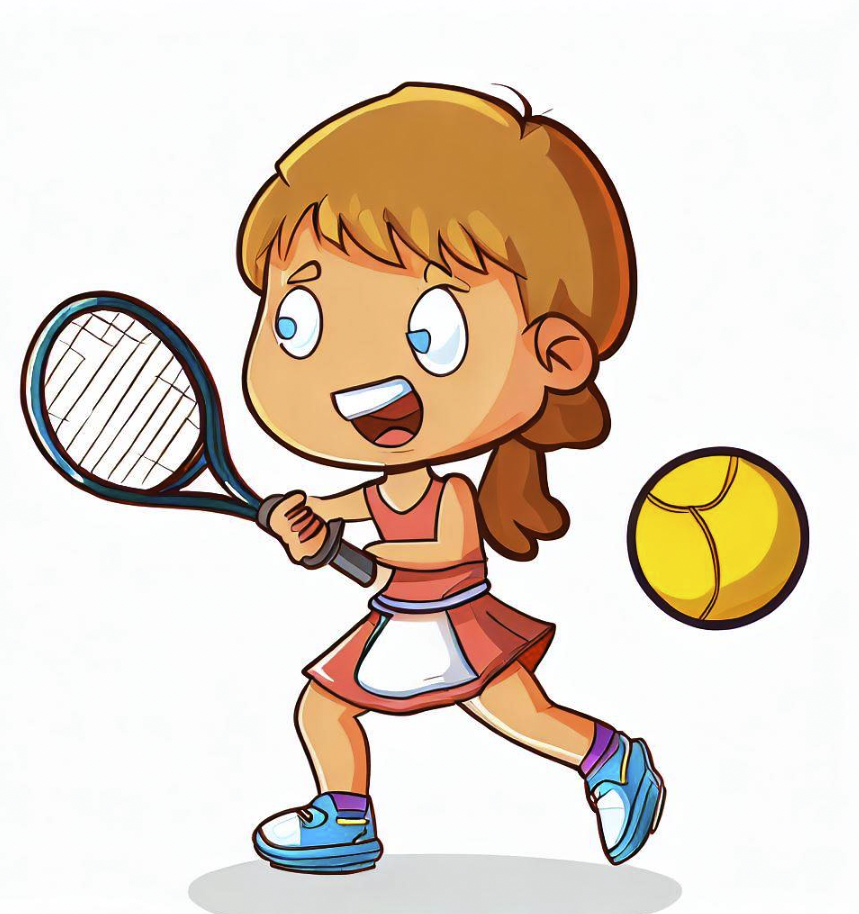Tennis, a universally renowned game that employs a rich blend of skill, technique, and endurance, is embellished by a vast range of shot types.
Among these, the volley holds a critical position due to its tactical importance and execution technique.
This article dissects what a volley in tennis entails, its implementation, and relevant tips to help you master it.
Volley Tennis: A Comprehensive Definition
The term ‘volley’ in tennis refers to a shot executed by striking the ball before it bounces on the court.
This strategy is often used to throw off an opponent’s rhythm and seize the upper hand in the rally.
Essentially, volley tennis underpins a proactive and aggressive game style.
The Tennis Volley Technique: Forehand and Backhand
Forehand Volley Tennis
The forehand volley is a classic, go-to shot, mostly utilized when a player is near the net.
The technique requires a player to position their racket face slightly open while striking the ball on the dominant side.
The grip remains stable, and the player pivots around their front foot while keeping the swing compact.
This shot requires a great deal of control and precision, rather than brute force.
Backhand Volley Tennis
The backhand volley, struck from the non-dominant side of a player’s body, is another pivotal shot.
It demands a firm grip, a slightly open racket face, and a compact swing that originates from the shoulder, similar to the forehand volley.
The wrist must remain stable, and the movement should be forward and upward.
Hit Incredible Forehand And Backhand Volleys With These 5 Awesome Tips (Tennis Technique Explained)
Half Volley Tennis: An Advanced Technique
A half volley is a specific type of volley that involves hitting the ball immediately after it bounces, typically around the player’s feet.
This advanced technique requires exceptional timing, agility, and precision, often used as a defensive shot when the player is forced towards the net.
Tennis Volley Drills: From Novices to Professionals
Volley tennis drills are exercises designed to enhance a player’s volleying skills.
These drills help in building racket control, improving reaction time, and developing volleying consistency.
Common volley tennis drills include the volley-volley drill, the service box volley drill, and the coach-feed volley drill.
The drills can vary in complexity, catering to beginners as well as advanced players.
Volley Tennis Game: Rules and Tactics
The rules of volley tennis are inextricably tied to the standard tennis rules, with the primary difference being the execution of shots before the ball bounces.
The serve and volley tennis strategy, where a player rushes to the net immediately after the serve to volley the return, is a notable example of tactical volley use.
Despite being less prevalent in today’s baseline-dominant game, this aggressive tactic can provide a crucial edge when executed effectively.
Tennis Volley Footwork and Position
Footwork and positioning are integral aspects of effective volleying.
The ‘split-step’—a small jump just as the opponent hits their shot—helps players respond swiftly to the return.
Additionally, maintaining a balanced, low position and moving diagonally towards the ball optimizes the volley execution.
Conclusion
Mastering the volley can greatly enhance a tennis player’s repertoire, offering increased variety and tactical flexibility.
Though challenging, its practice can make the difference between a good player and a great one.
So, put on your best tennis shoes and volley away to perfection!
FAQs – Volley in Tennis
1. What is a volley in tennis?
A volley in tennis refers to a shot where the player hits the ball before it bounces on their side of the court.
It is an offensive shot typically used to put the opponent under pressure, often executed near the net.
2. How is a volley executed in tennis?
Executing a volley involves stepping towards the ball, keeping the racket in front of you, and hitting the ball before it touches the ground.
The swing for a volley is shorter and more compact than the swings for baseline strokes, and the racket face is kept open for better control and direction.
3. What is a half volley in tennis?
A half volley is a shot that is hit immediately after the ball has bounced on the court and is still low to the ground.
This shot is typically used as a defensive move and is considered to be one of the more challenging shots in tennis due to the precise timing required.
4. What is the difference between a volley and a forehand volley in tennis?
A volley can be performed on either the forehand or backhand side, depending on where the ball is coming from.
A forehand volley specifically refers to a volley that is hit on the same side as the hand that’s holding the racket.
5. What is a ‘volley tennis game’?
The term “volley tennis game” generally refers to a style of play in tennis where a player frequently comes to the net to hit volleys, as opposed to staying at the baseline.
This approach is often referred to as “serve and volley.”
6. What are some effective volley tennis drills?
Several drills can help improve your volley skills, such as:
- The “catch and volley” drill where the player catches the ball with their hand before volleying it back. This drill helps in improving the softness of the hands, a key to effective volleying.
- The “volley to volley” drill, where two players stand at the net and continuously volley the ball to each other. This drill is useful for improving reaction time and control.
7. What is meant by ‘volley tennis technique’?
Volley tennis technique refers to the specific method and form used when hitting a volley.
This includes positioning the body correctly, keeping the racket out in front, minimizing the swing, and punching the ball for control.
8. What is ‘volley tennis elbow strap’?
A volley tennis elbow strap is a piece of sports equipment worn around the elbow to reduce pain and strain caused by overuse of the arm, commonly in sports like tennis where the arm and elbow are used intensively.
It is particularly useful for players who volley frequently.
9. What are the rules for a volley in tennis?
In tennis, a player must not touch the net, the net posts, or the opposite side of the court while the ball is in play.
This means a volley must be struck before the ball crosses the net and without the player touching these areas.
Also, a player cannot volley a serve – the return of a serve must be allowed to bounce first.
10. What was the longest volley in tennis?
The longest volley rally in professional tennis is reported to have occurred in a 1984 match between Vicki Nelson-Dunbar and Jean Hepner.
They exchanged 643 shots in a rally that lasted 29 minutes.
11. What is the meaning of ‘volley’ in tennis?
In tennis, a ‘volley’ refers to the action of striking the ball before it bounces on the ground.
This technique is used primarily when a player is close to the net or to apply offensive pressure on the opponent.
12. How is footwork important in executing a tennis volley?
Footwork is crucial in executing a volley because it helps position the body correctly relative to the incoming ball.
Good footwork allows a player to reach the ball at the right time and place, facilitating a controlled and effective volley.
The “split-step” is a common footwork technique used to prepare for a volley, which involves a small hop just as the opponent hits the ball.
13. What is a serve and volley in tennis?
Serve and volley is a style of play in tennis where the server moves quickly towards the net after hitting a serve, with the intention of hitting a volley for the second shot.
It’s a highly offensive strategy often used to rush the opponent and give them less time to react.
It is generally considered an “old-school” wooden racquet-era tactic.
Today’s game is heavily dominated by baseline play.


